
Phragmites Detector – AI-Powered Invasive Species Monitoring in Wetlands
Project Background
Phragmites australis, also known as common reed, is one of the most invasive plant species in North American wetlands. It spreads aggressively, replacing native species, altering habitats, and degrading biodiversity. In Ontario, local conservation authorities, environmental organizations, and communities have been engaged in fragmented efforts to control its spread. However, early detection and consistent, scalable monitoring remain significant challenges.
Drone imagery and remote sensing technologies have emerged as powerful tools for vegetation monitoring. Yet, effective deployment in field conditions requires tailored machine learning models, high-resolution data, and systems that can adapt over time. The Phragmites Detector project is designed to bridge this gap through a collaboration between academia, environmental organizations, and AI industry leaders.
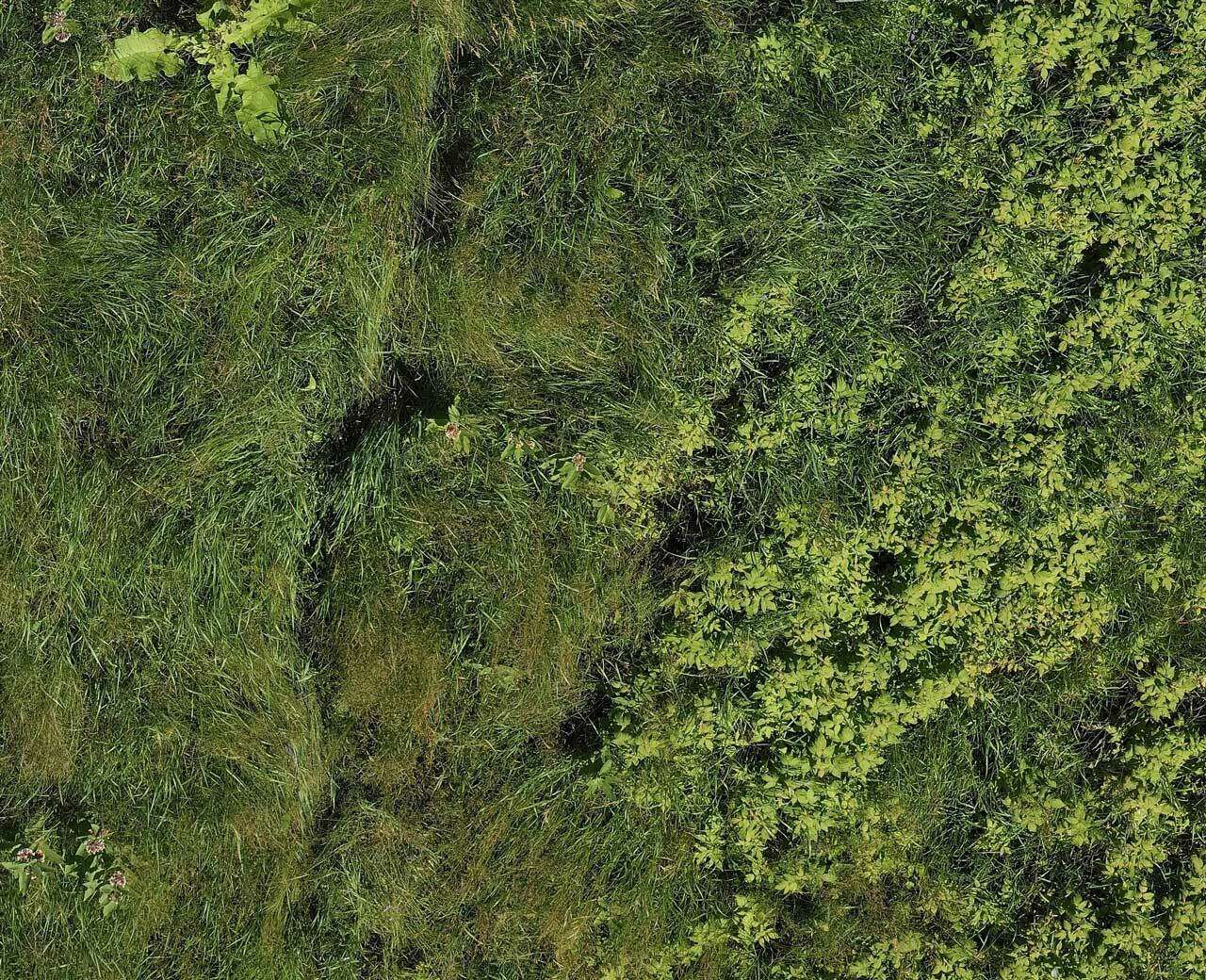 | 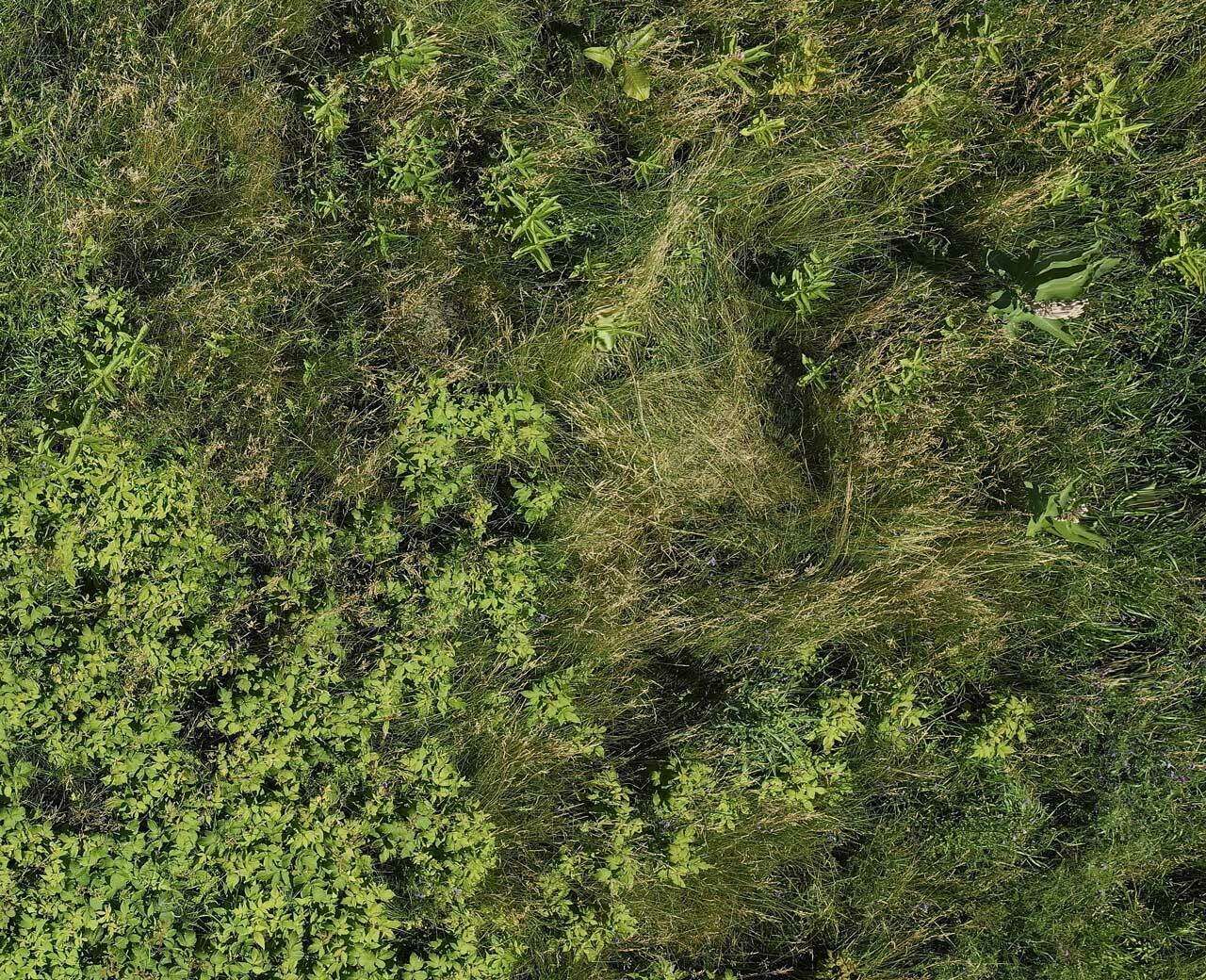 |
Problem Statement
Traditional monitoring of invasive species like Phragmites is labor-intensive, slow, and inconsistent across jurisdictions. Many local initiatives lack access to advanced tools for precise mapping, especially in dynamic and inaccessible wetland ecosystems. There is also a shortage of AI models that can learn and improve from field conditions and adapt to visual variations in plant growth, seasonal change, and habitat complexity.
Invasive species detection requires tools that are:
- Easy to deploy and use by non-technical users,
- Accurate under varying environmental conditions,
- Adaptable over time with minimal manual input,
- Scalable for large or hard-to-reach wetland areas.
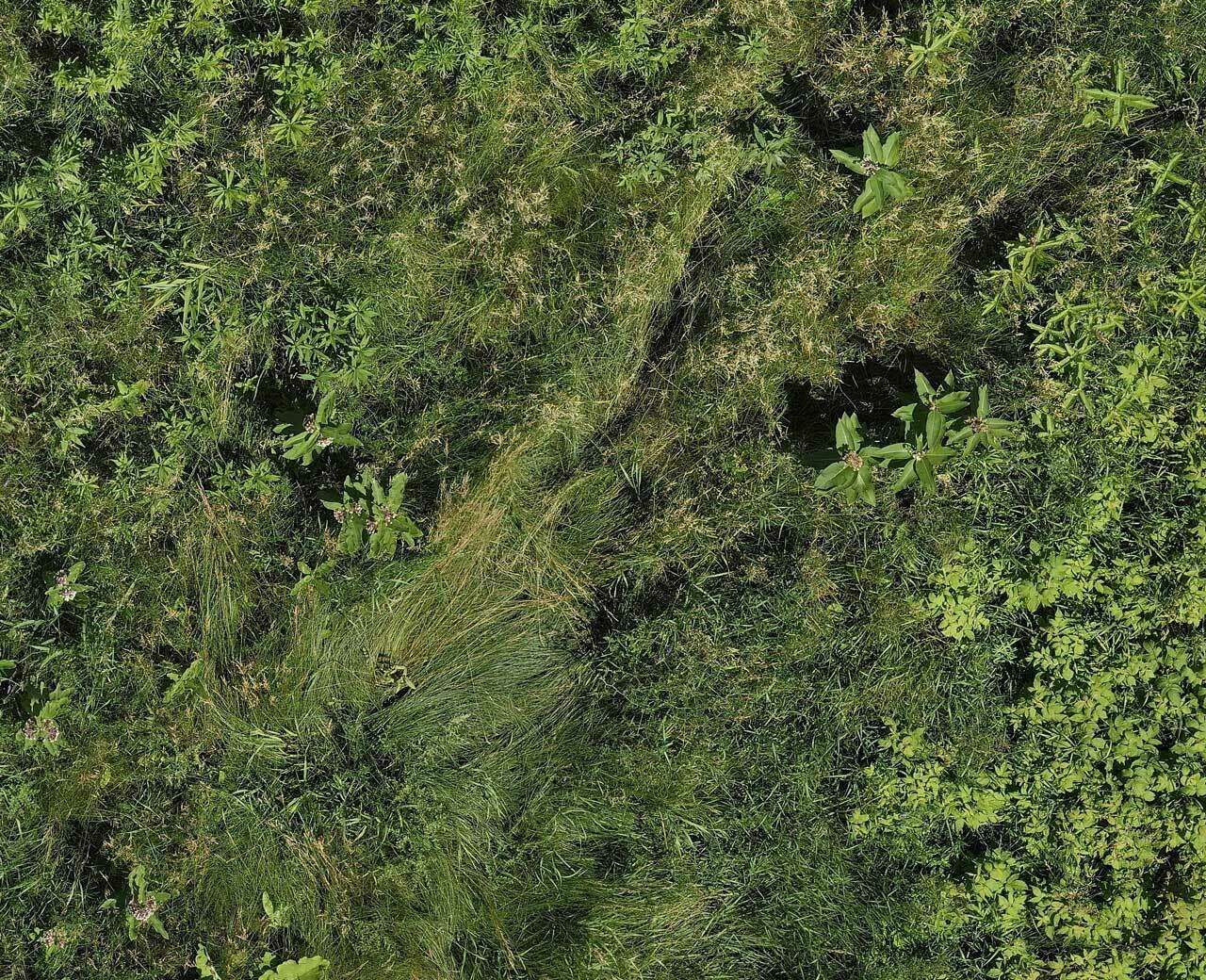 | 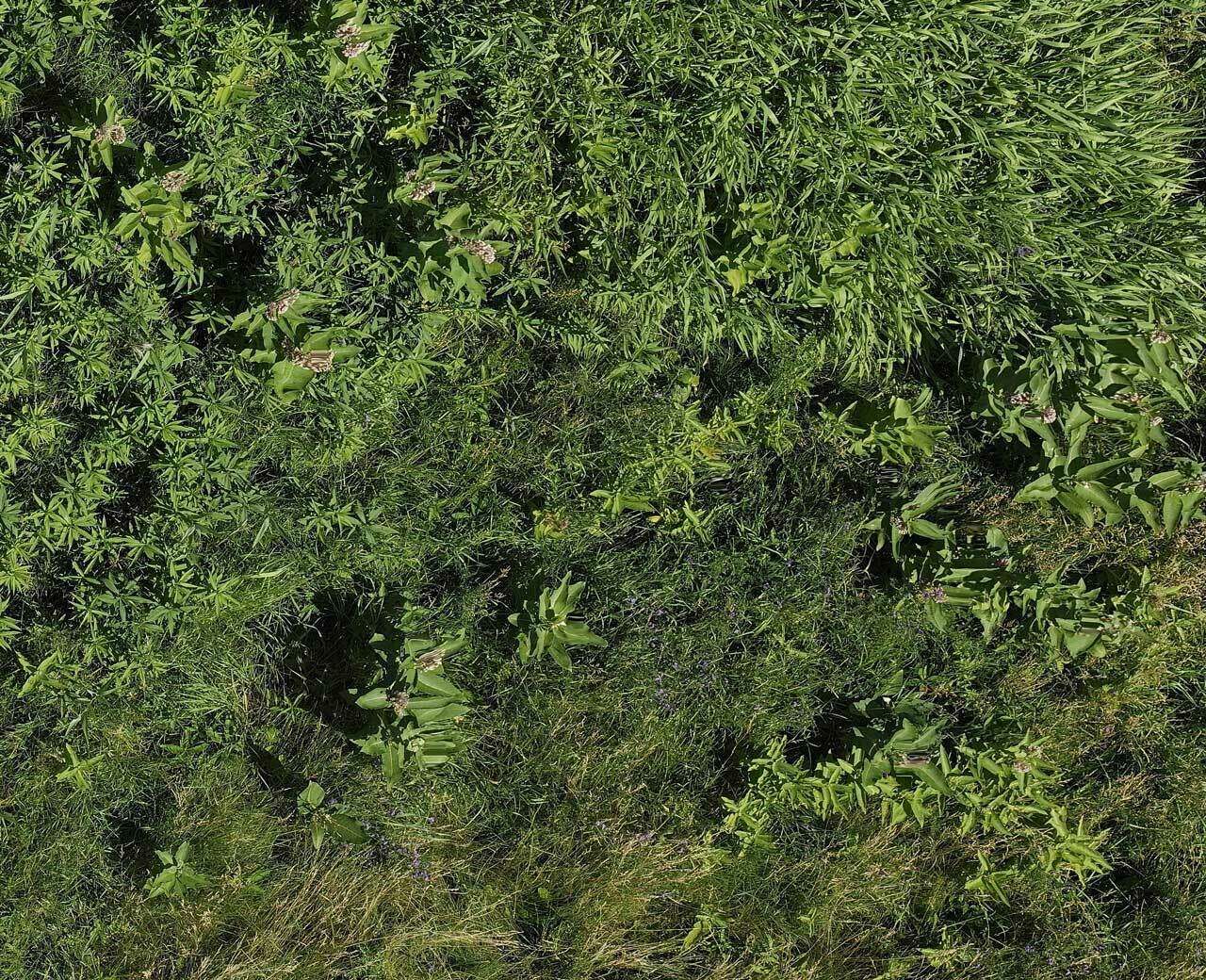 |
Partners
This applied research initiative is a collaboration between:
- Fleming College – CAMIIT & SENRS: Leading hardware design, field operations, and data collection protocol development.
- Nature Conservancy of Canada (NCC): Offering domain expertise and stakeholder engagement across Ontario wetlands.
- Ducks Unlimited Canada (DUC): Providing strategic input and ecological validation based on years of conservation work.
- Saiwa.ai: Delivering AI infrastructure through the Sairone platform and leading the design, training, and deployment of machine vision models.
This partnership builds on Saiwa and DUC’s prior success with automated detection of European water chestnut.
Our Solution
The Phragmites Detector leverages drone-based imagery and AI-powered segmentation to identify and monitor invasive Phragmites patches across Ontario wetlands. Key features include:
- Tailored Deep Learning Model: Based on SegDecNet with mixed supervision (pixel-level and image-level annotations), enabling accurate and data-efficient training.
- Incremental Learning: The model continuously learns from new data, handling false positives/negatives, seasonal variability, and concept drift over time.
- Edge Processing: Drones are equipped with smart hardware to preprocess and prioritize data collection in-flight, reducing unnecessary storage and enhancing focus on relevant areas.
- User-Friendly Interface: A web-based dashboard allows users to upload drone imagery, review AI detections, adjust thresholds, validate results, and generate spatial reports.
- Standardized Flight Protocols: Consistent data acquisition enables reliable year-over-year monitoring across different regions and wetland types.
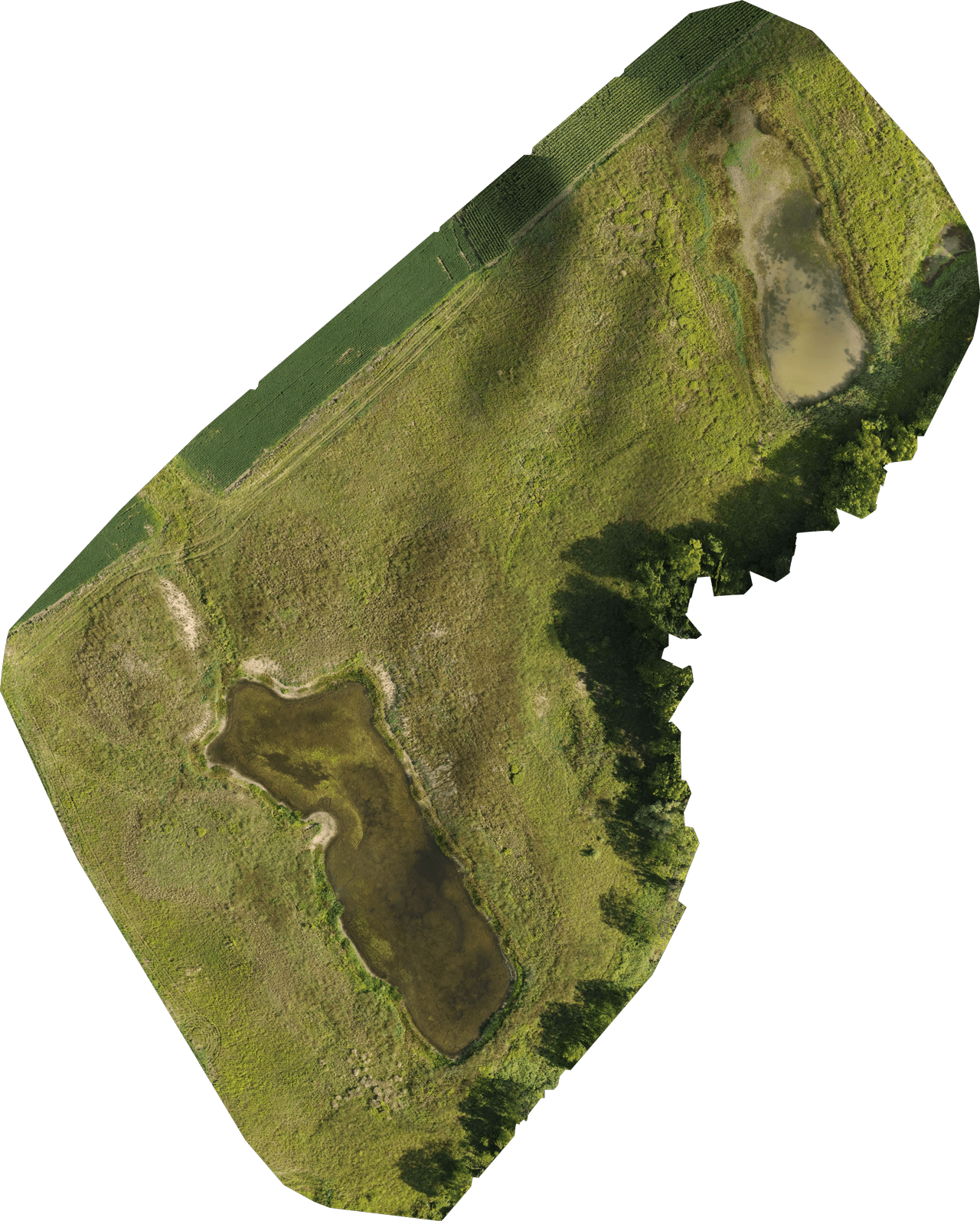 |
Target Users
- Environmental NGOs and conservation groups
- Wetland managers and municipal ecological staff
- Provincial and federal environmental agencies
- Indigenous communities involved in land stewardship
- Academic and research institutions focused on ecology
- Contractors conducting vegetation control projects
Project Phases
1. Project Planning & Protocol Design
2. Drone Hardware Modification
3. Field Data Collection
4. Data Preprocessing & Annotation
5. AI Model Development
6. Incremental Learning Implementation
7. Software Integration & Testing
8. Deployment & Database Creation
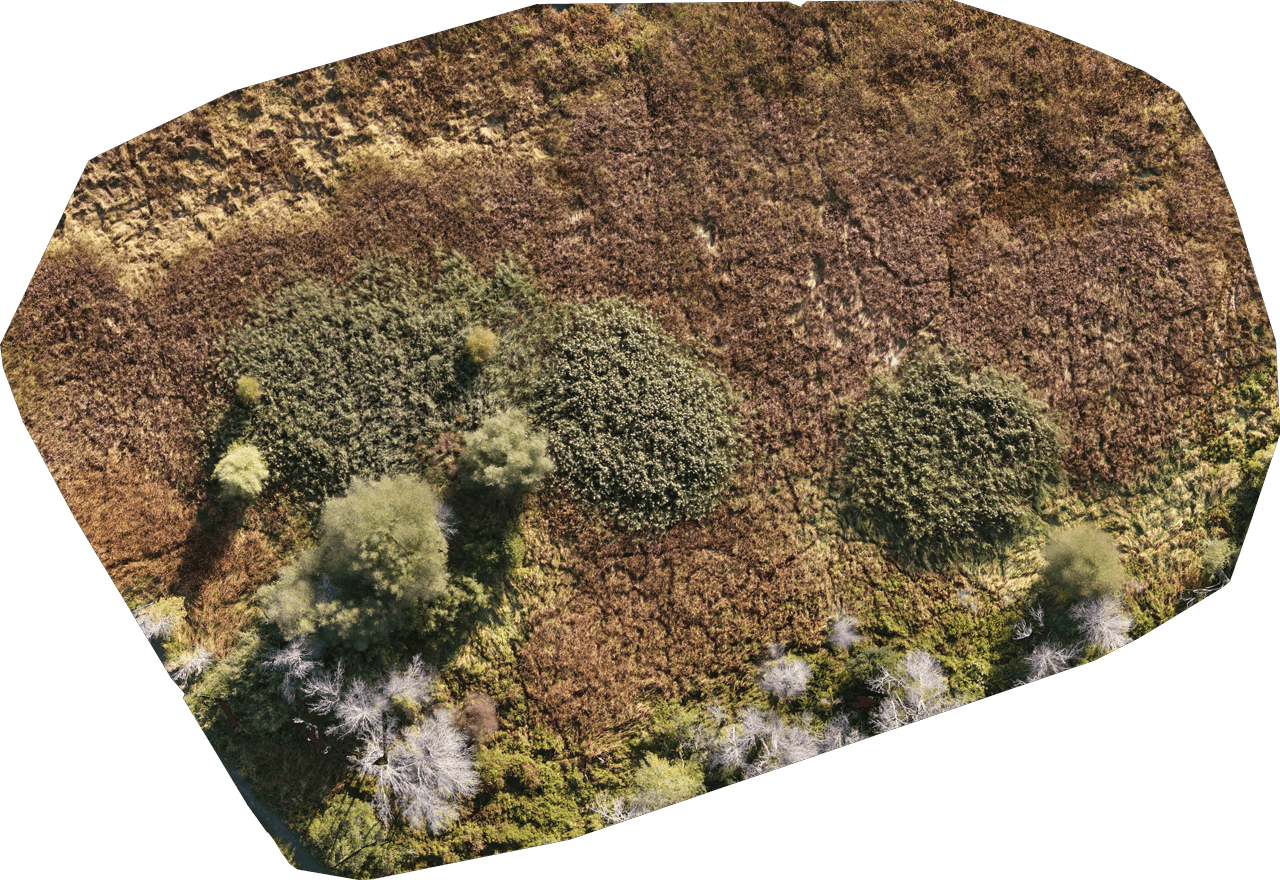 |
Empowering Conservation with Sairone
The Phragmites Detector is deployed on Saiwa’s Sairone platform, allowing users to:
- Upload and analyze drone imagery with no coding required
- Detect Phragmites patches in minutes using pre-trained AI models
- Improve model accuracy by tagging incorrect results (incremental learning)
- Track plant spread over time with geospatial visualizations
- Download maps and reports for conservation planning or grant reporting
By combining advanced AI, user-focused design, and collaborative research, this project helps ecological professionals and land stewards tackle one of the most damaging invasive species in Canadian wetlands.
Explore More
To learn more about this project or explore collaboration opportunities, contact us at info@saiwa.ai or https://saiwa.ai/contact/.